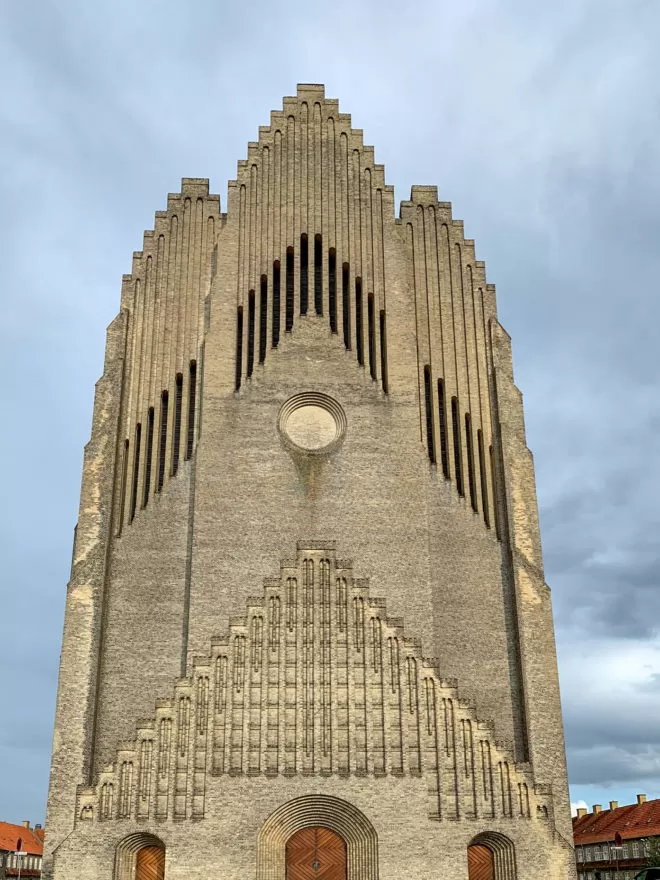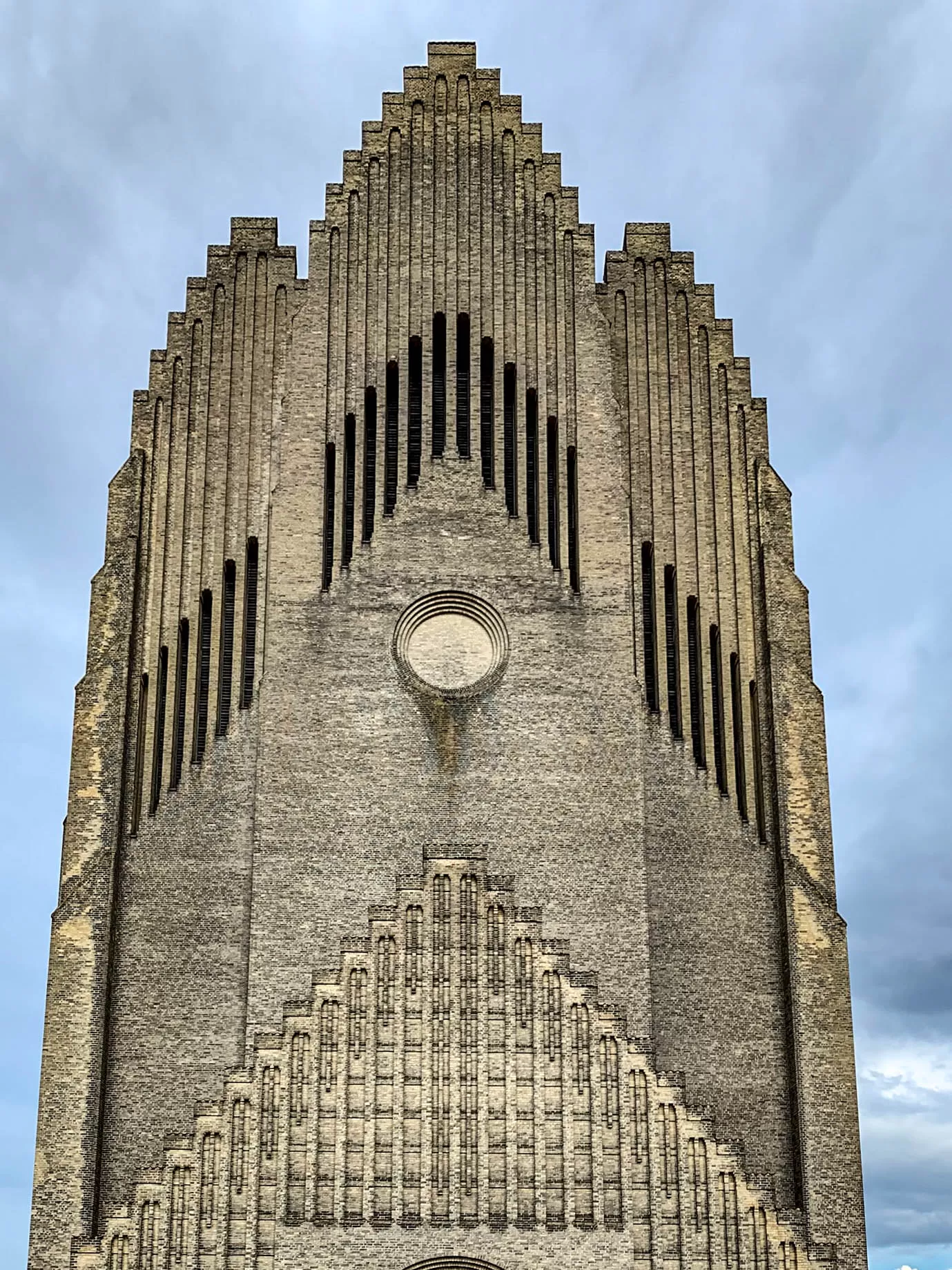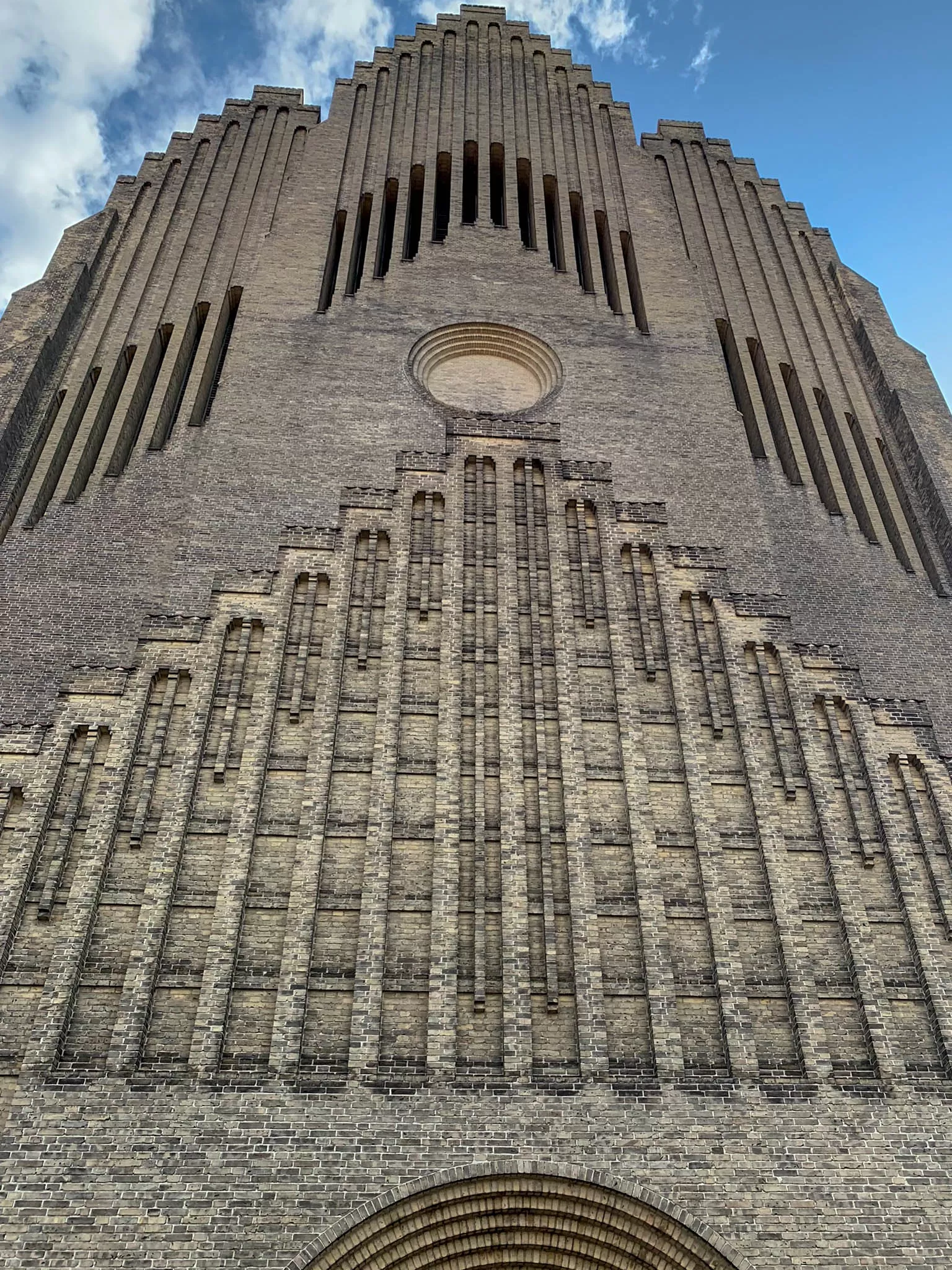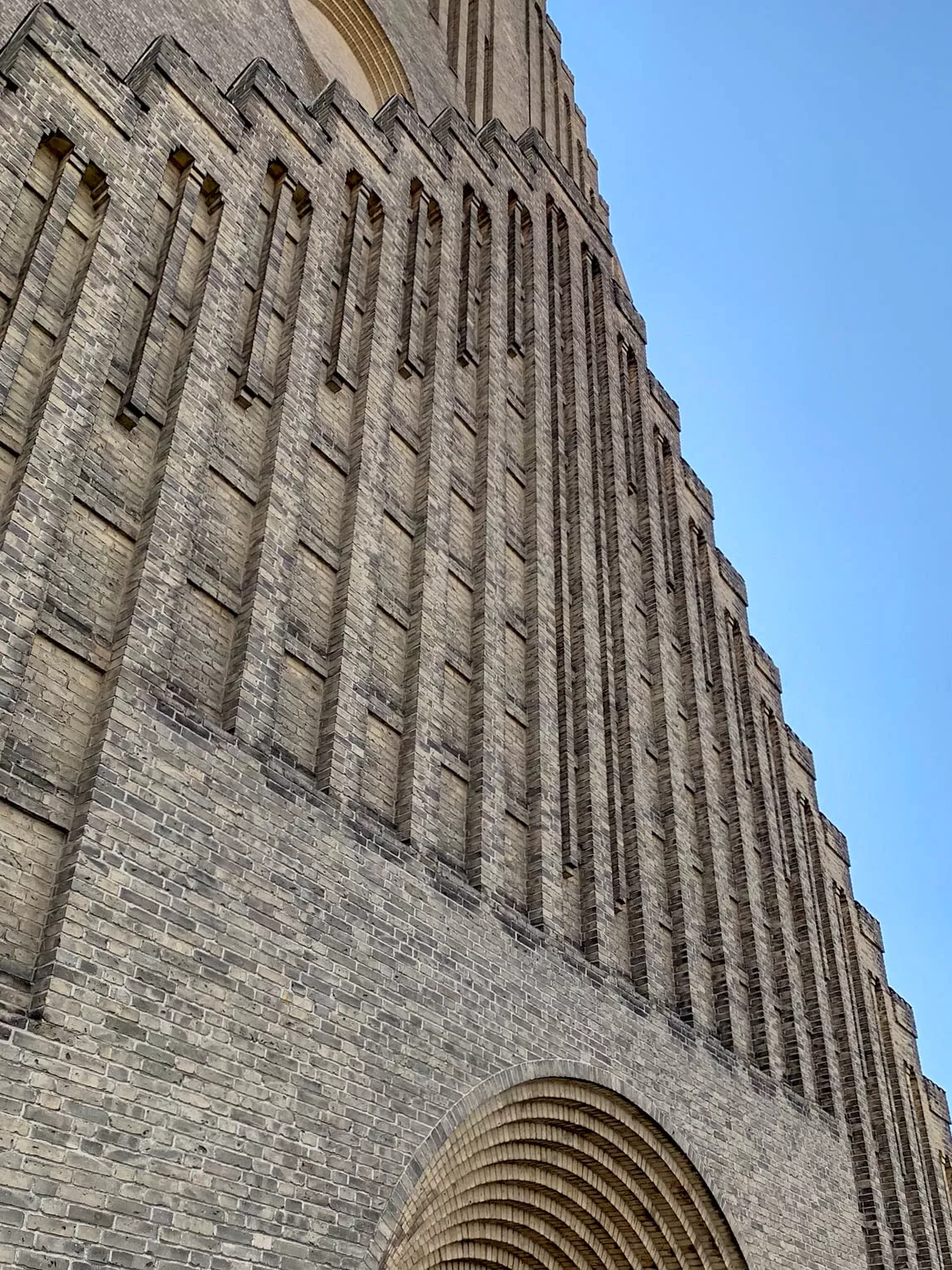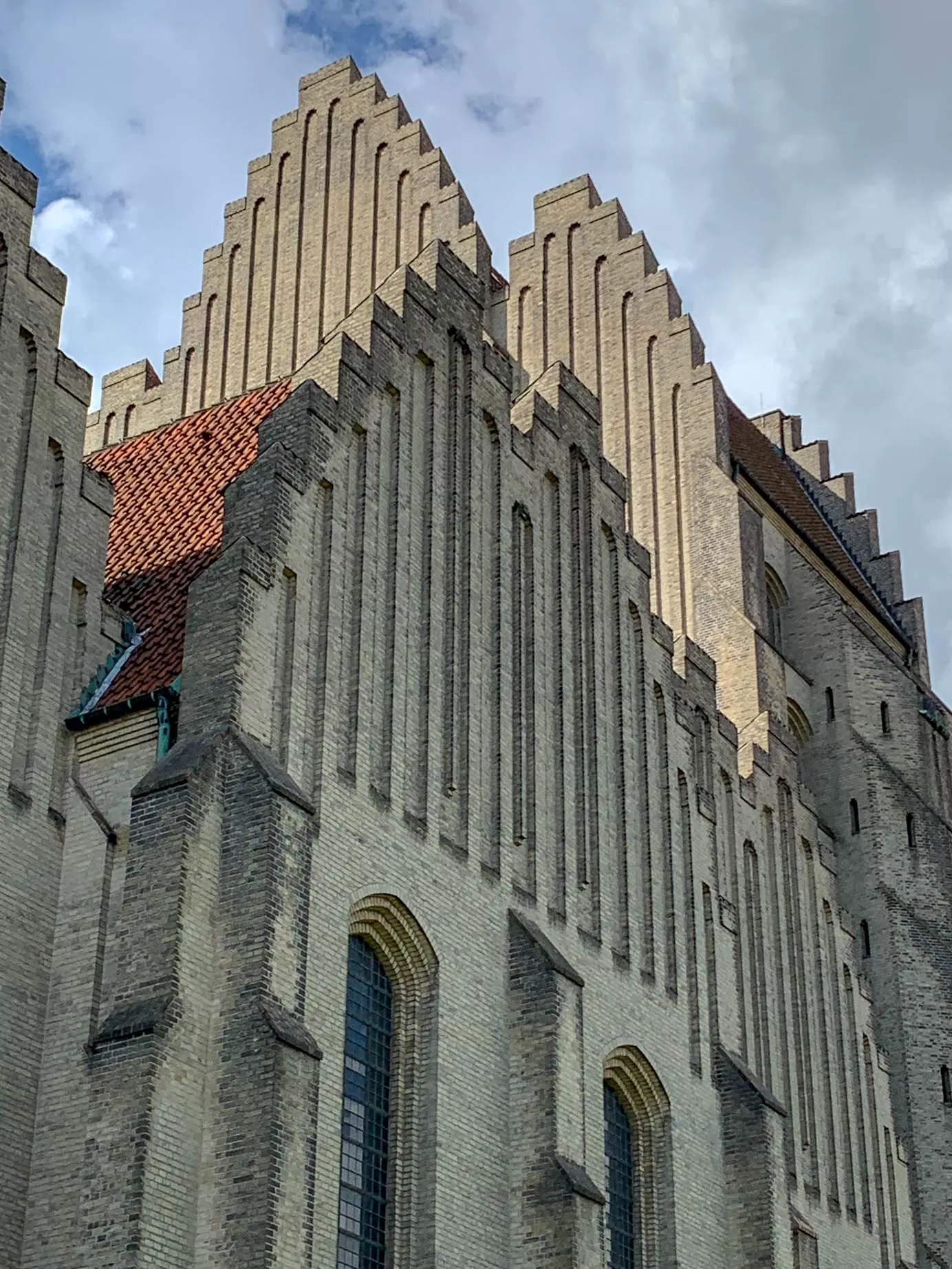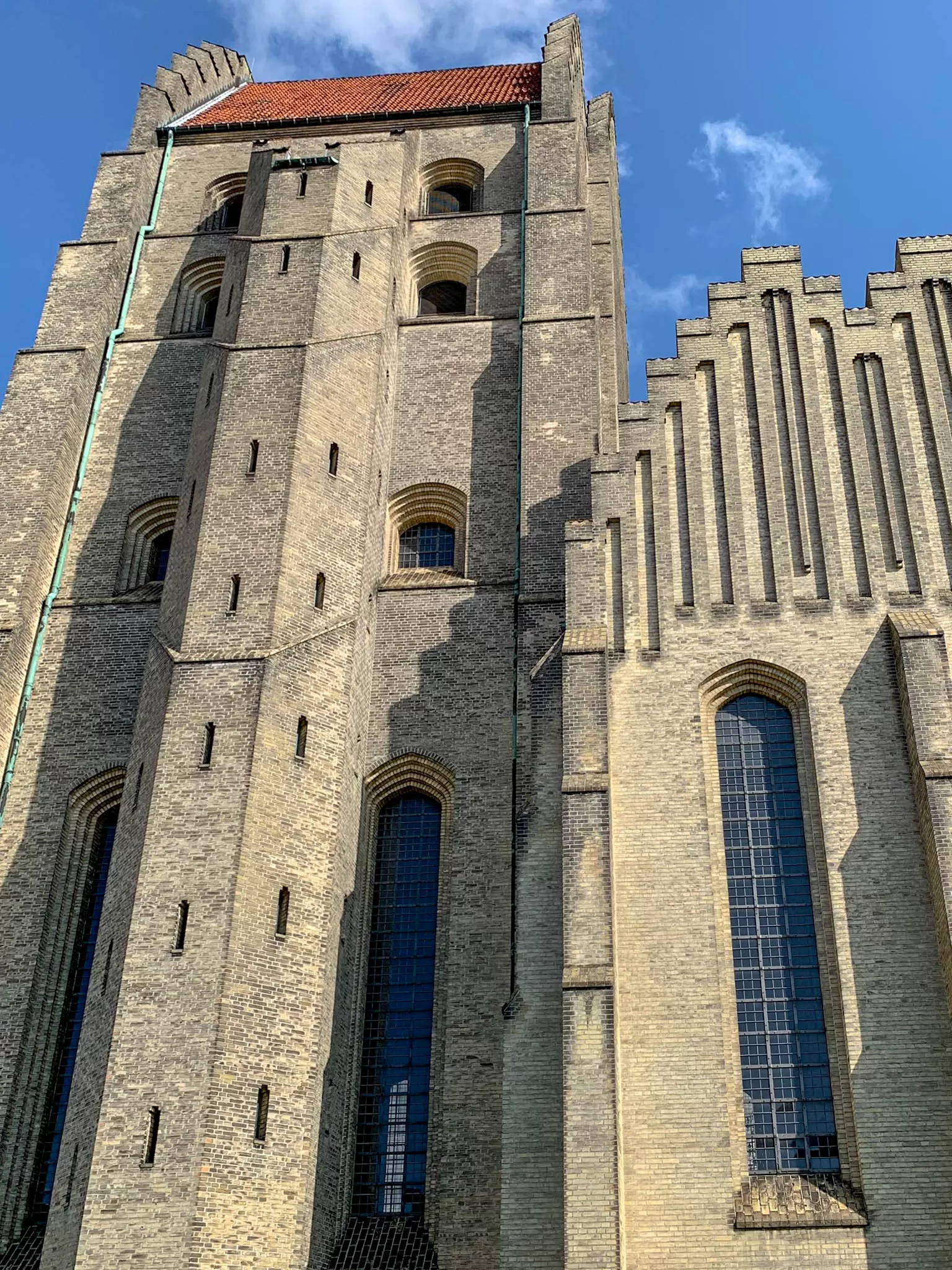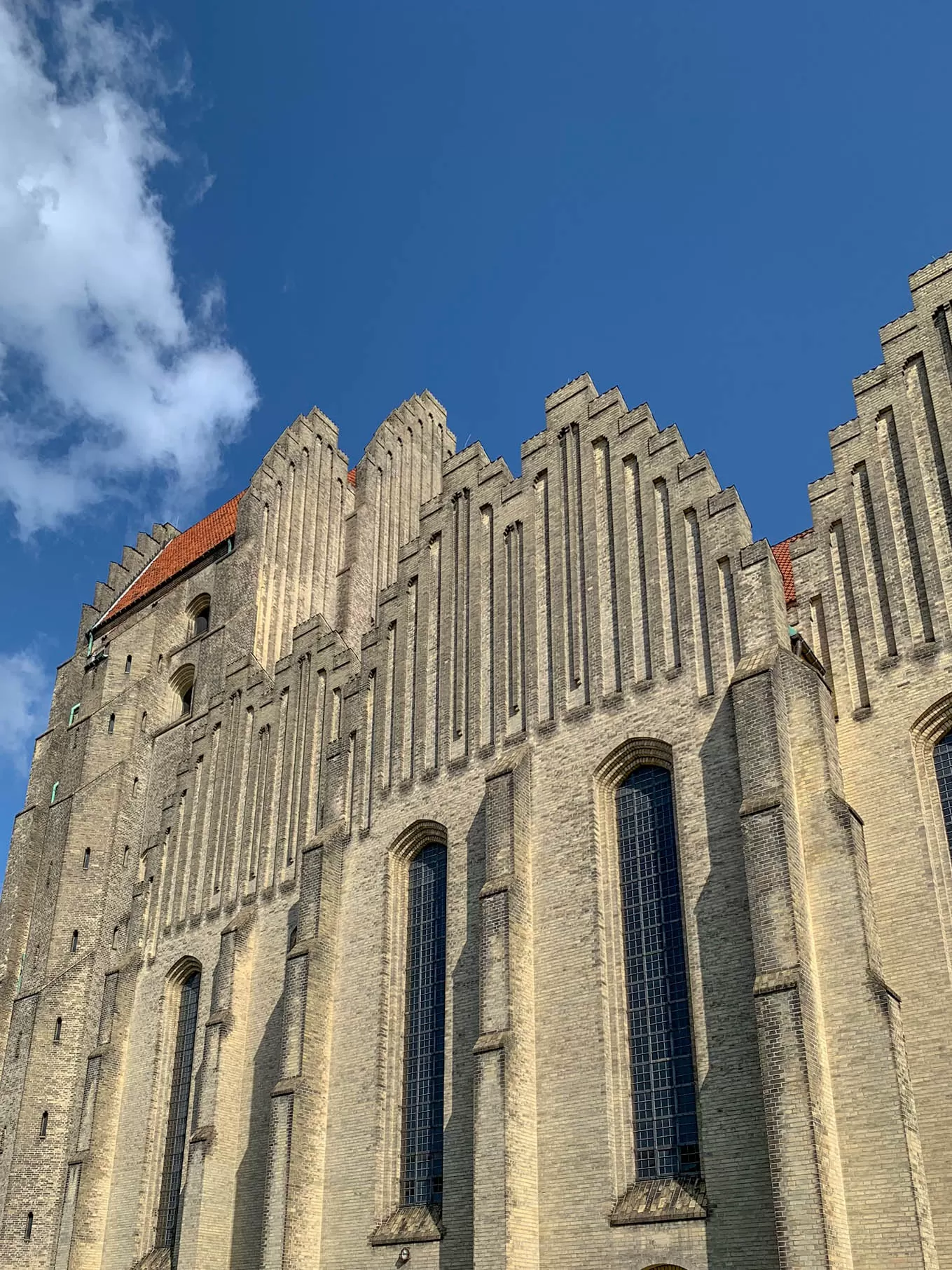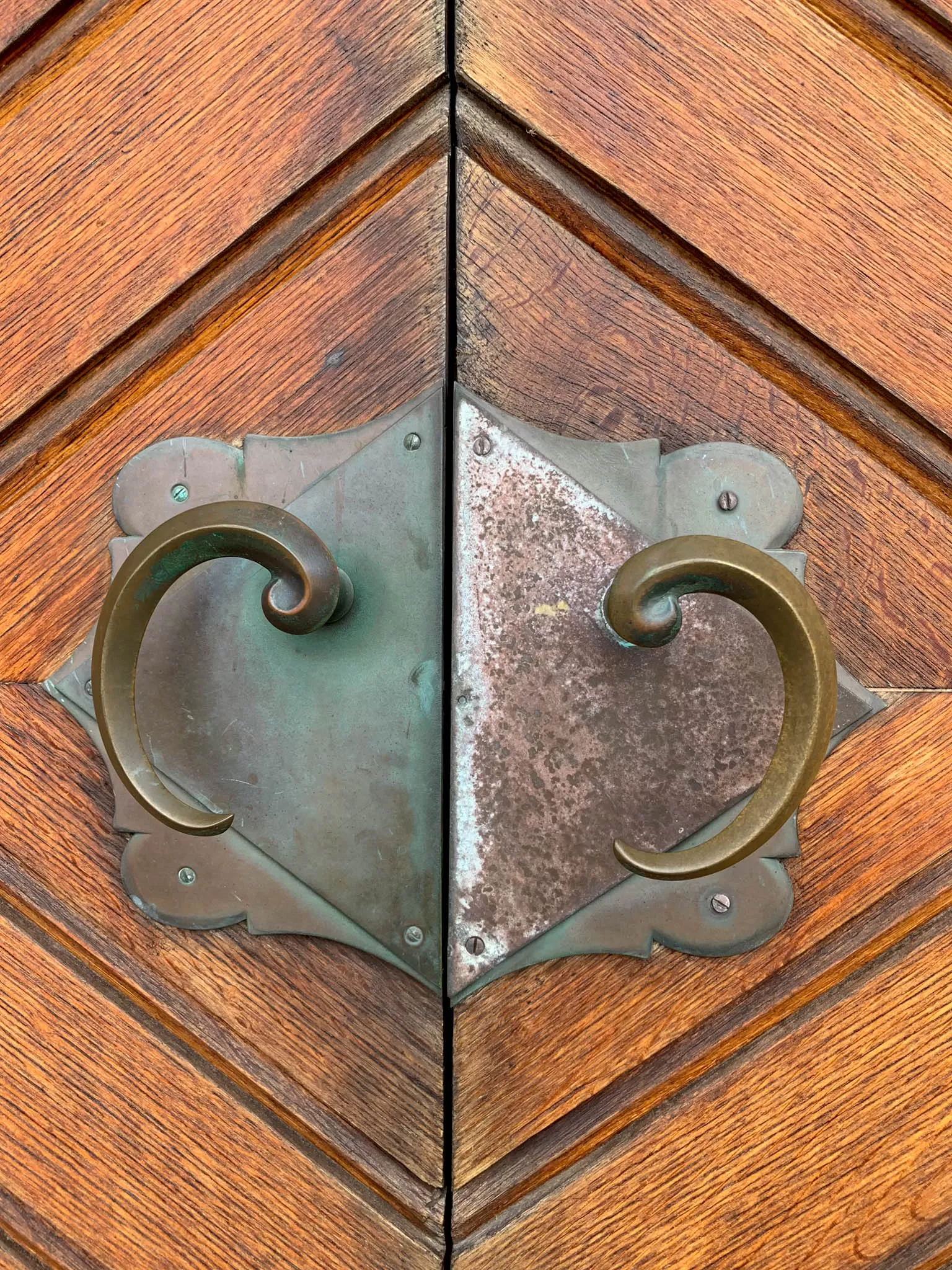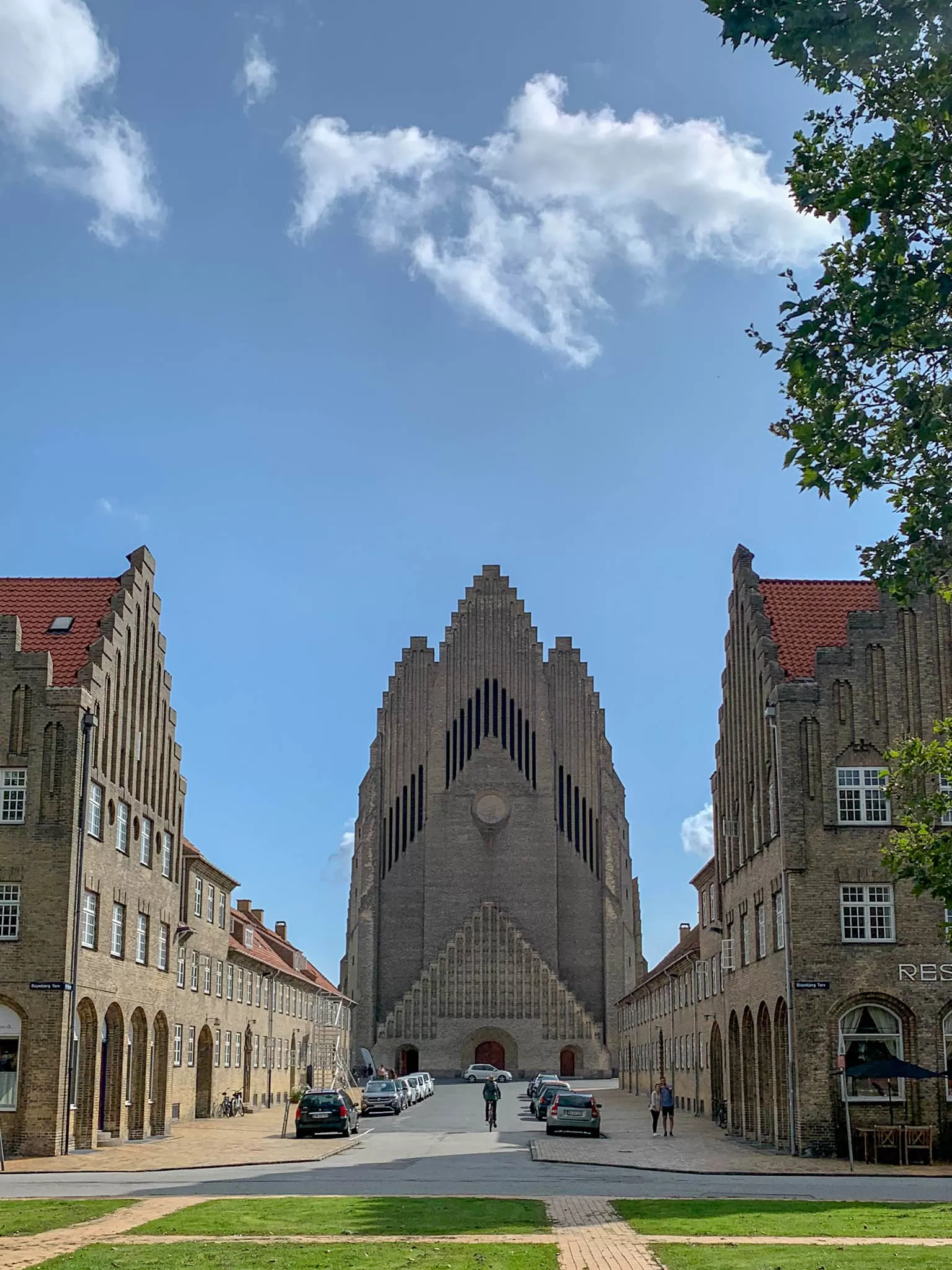
Grundtvig’s Church, 1921-1940. Architect: Peder Jensen-Klint. Photo: Daniela Christmann
1921 – 1940
Architect: Peder Jensen-Klint
På Bjerget 14B, Copenhagen, Denmark
Grundtvig’s Church in the Bispebjerg district of Copenhagen is one of the city’s most important churches. It is the parish church of the local Evangelical Lutheran congregation, which belongs to the Diocese of Copenhagen.
Peder Jensen-Klint
Peder Vilhelm Jensen-Klint (June 21, 1853 – December 1, 1930) was a Danish architect, designer, painter, and architectural theorist. He is best known for designing Grundtvig’s Church in Copenhagen, widely considered one of the most significant Danish architectural works of its time. The church’s Expressionist style relies heavily on Scandinavian Gothic brick traditions.
Jensen-Klint was the father of fellow architect Kaare Klint, who completed work on Grundtvig’s Church after his father’s death in 1930.
Architect Peder Jensen-Klint created the plans for the church, which is named after Danish philosopher and pastor Nikolai Frederik Severin Grundtvig.
He had won the competition for the construction of the new church as early as 1913.
For his project, Klint studied a large number of Danish village churches, drawing inspiration from their traditional construction methods, building materials and ornamentation.
In the Grundtvig Church, he finally combined the modern, geometric forms of brick expressionism with the classical soaring lines of the Gothic style.
Foundation
The foundation stone of the church was not laid until after the end of the First World War on September 8, 1921, Grundtvig’s 138th birthday.
In 1927 the church tower was completed. The architect did not live to see the completion of the church.
After his death in 1930, his son Kaare Klint took over the management of the construction work.
In 1940 Grundtvig’s church was completed and consecrated on Grundtvig’s 157th anniversary.
Church Building
The west façade, with its 49-meter bell tower, is the church’s most striking feature. For the nave, Klint created stepped gables common on Danish churches, but reinterpreted their form and doubled the highest point.
The total length of the three-nave hall church is 76 meters, its width is 35 meters, and the nave is 22 meters high. The interior can accommodate 1800 people.
The whole construction is made of six million yellow bricks. The baptismal font is made of light limestone from Faxe.
Around the church, a small settlement with a parish hall and residential buildings was built at the same time, which was intended to increase the effect of the church as a framing structure.
City Landmark
A long avenue leads straight to the church and, together with the approach to the main portal with the symmetrical outbuildings, forms an almost baroque visual axis.
By means of this axis, the view is directed centrally to the façade of Grundtvig Church, which is visible at the end of the axis. In this way, the significance of the church is significantly emphasized.
Defining the church as a city landmark makes it easy for visitors to orient themselves to this centrally visible structure.
Integration and Flanking Buildings
The scheme also included the construction of several buildings collectively known as “On the Hill” (Danish: “På Bjerget”) on each side of the church. This placement created a symmetrical context that enhanced the church’s visual impact.
Designed by Jensen-Klint in collaboration with Vilhelm Wittrup, Charles I. Schou, and Georg Gøssel, these buildings house the parish hall and apartments. Construction took place from 1924 to 1926.
A long, tree-lined road leads directly towards the church and the flanking buildings through Bispebjerg Cemetery, creating a viewing axis similar to those of the Baroque period.
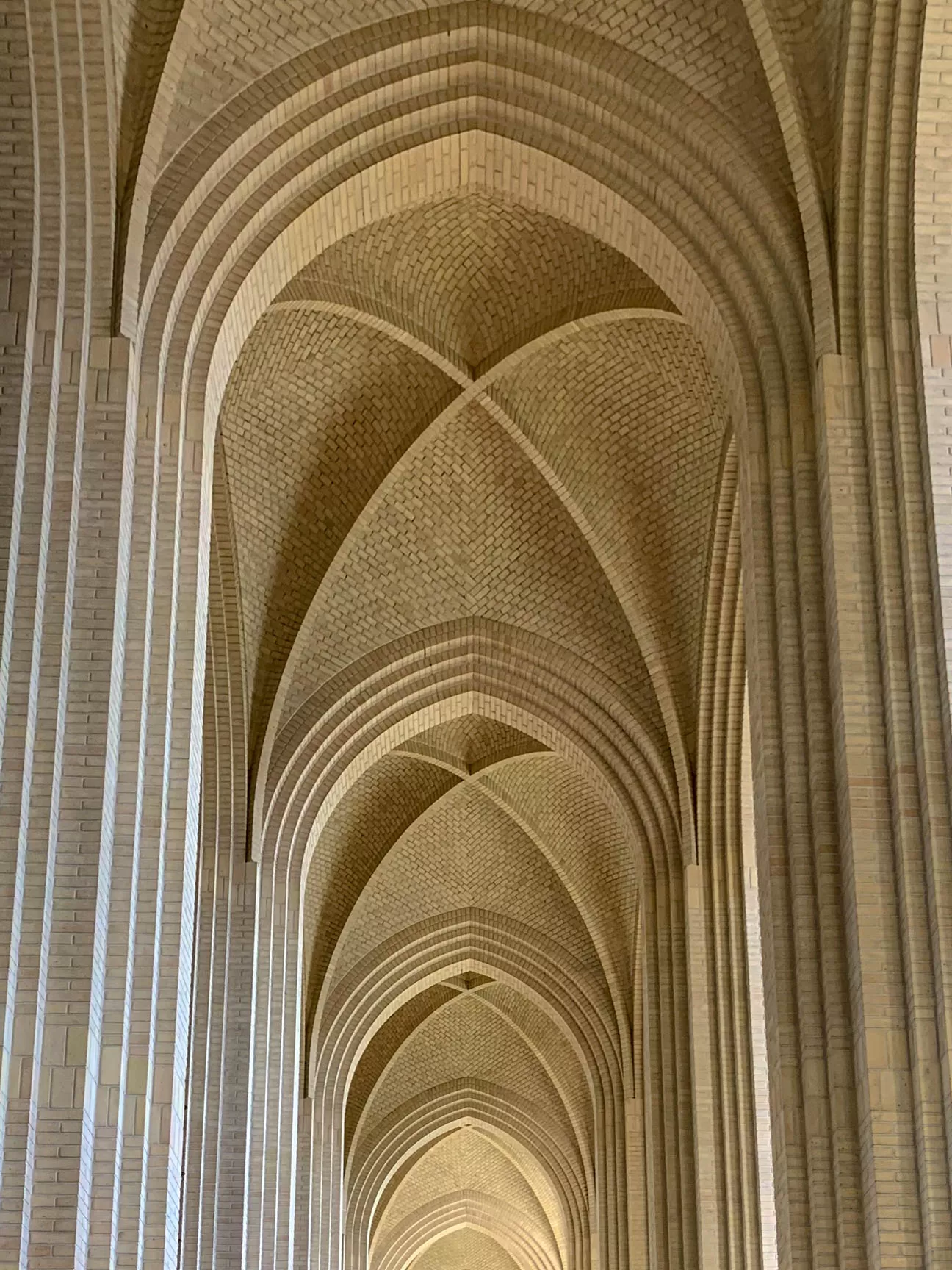
Grundtvig’s Church, 1921-1940. Architect: Peder Jensen-Klint. Photo: Daniela Christmann
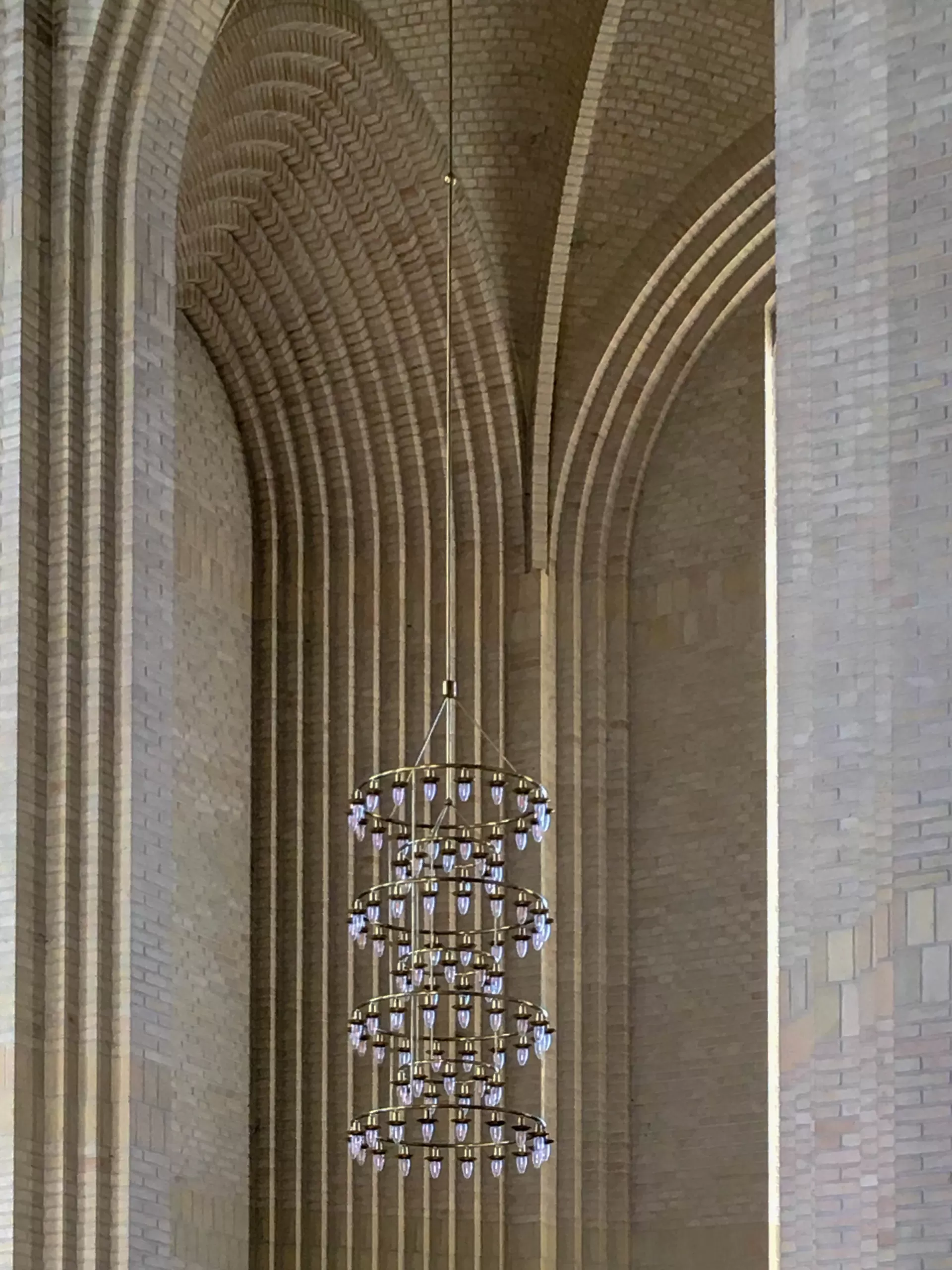
Grundtvig’s Church, 1921-1940. Architect: Peder Jensen-Klint. Photo: Daniela Christmann
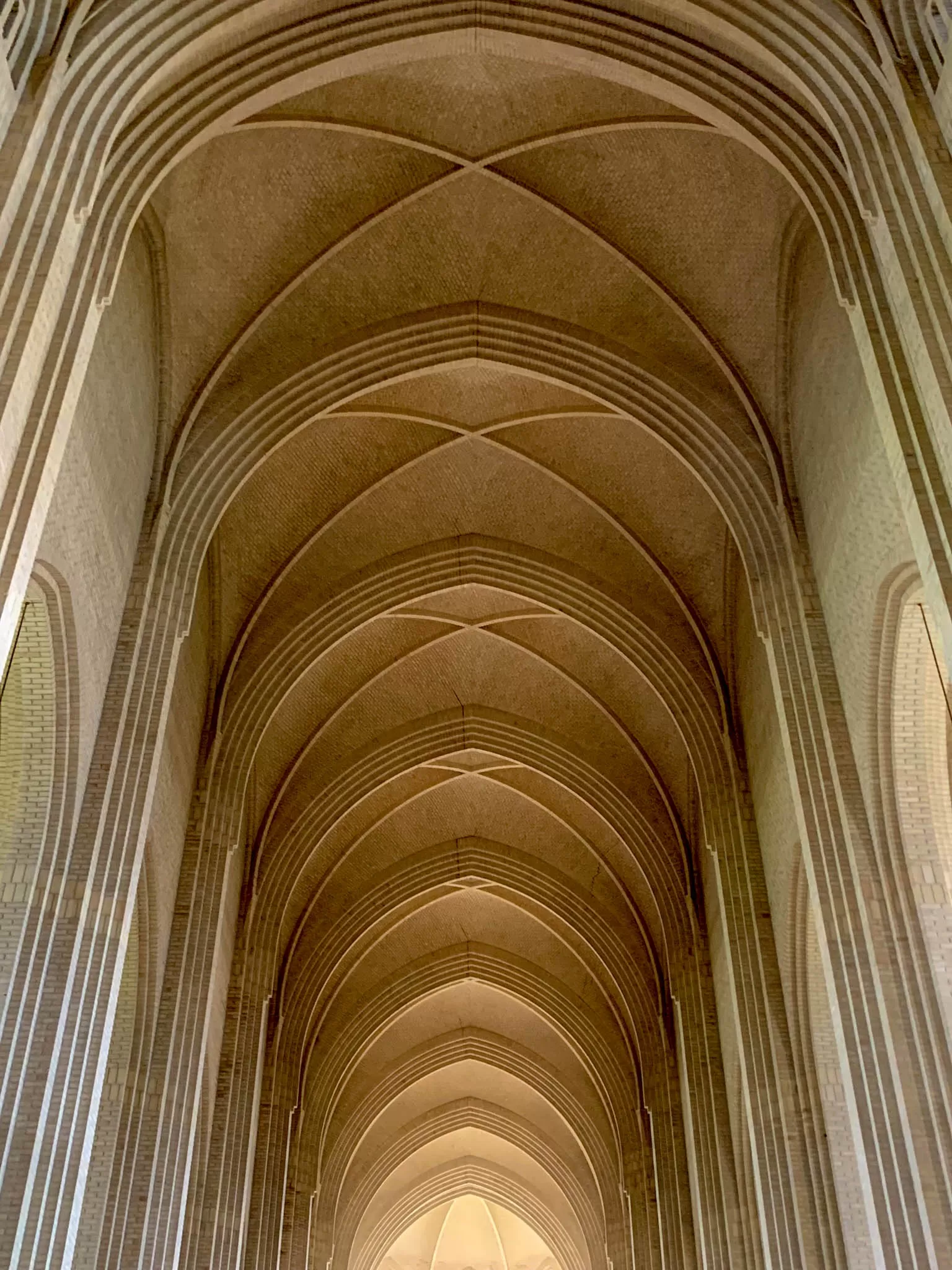
Grundtvig’s Church, 1921-1940. Architect: Peder Jensen-Klint. Photo: Daniela Christmann
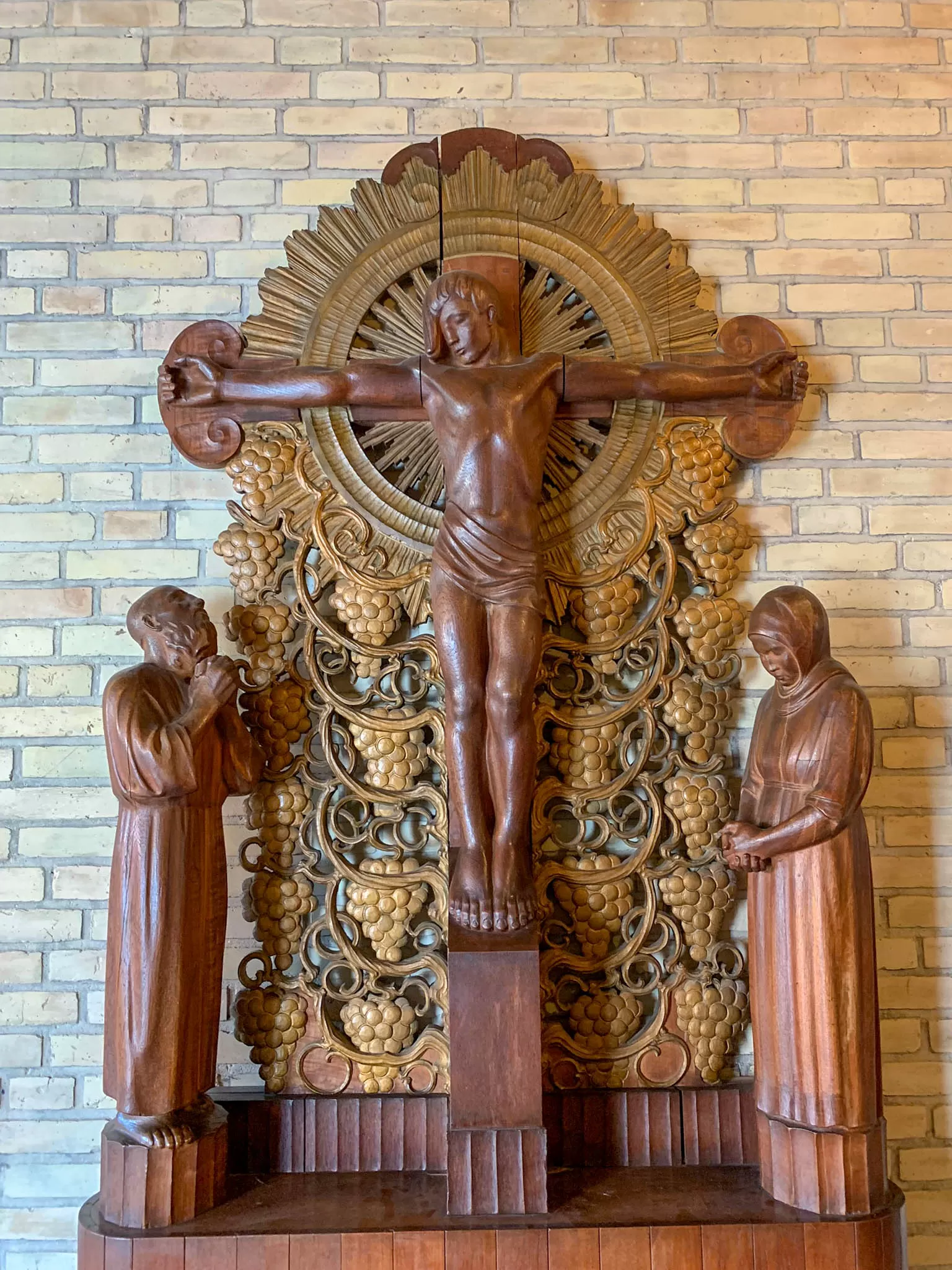
Grundtvig’s Church, 1921-1940. Architect: Peder Jensen-Klint. Photo: Daniela Christmann
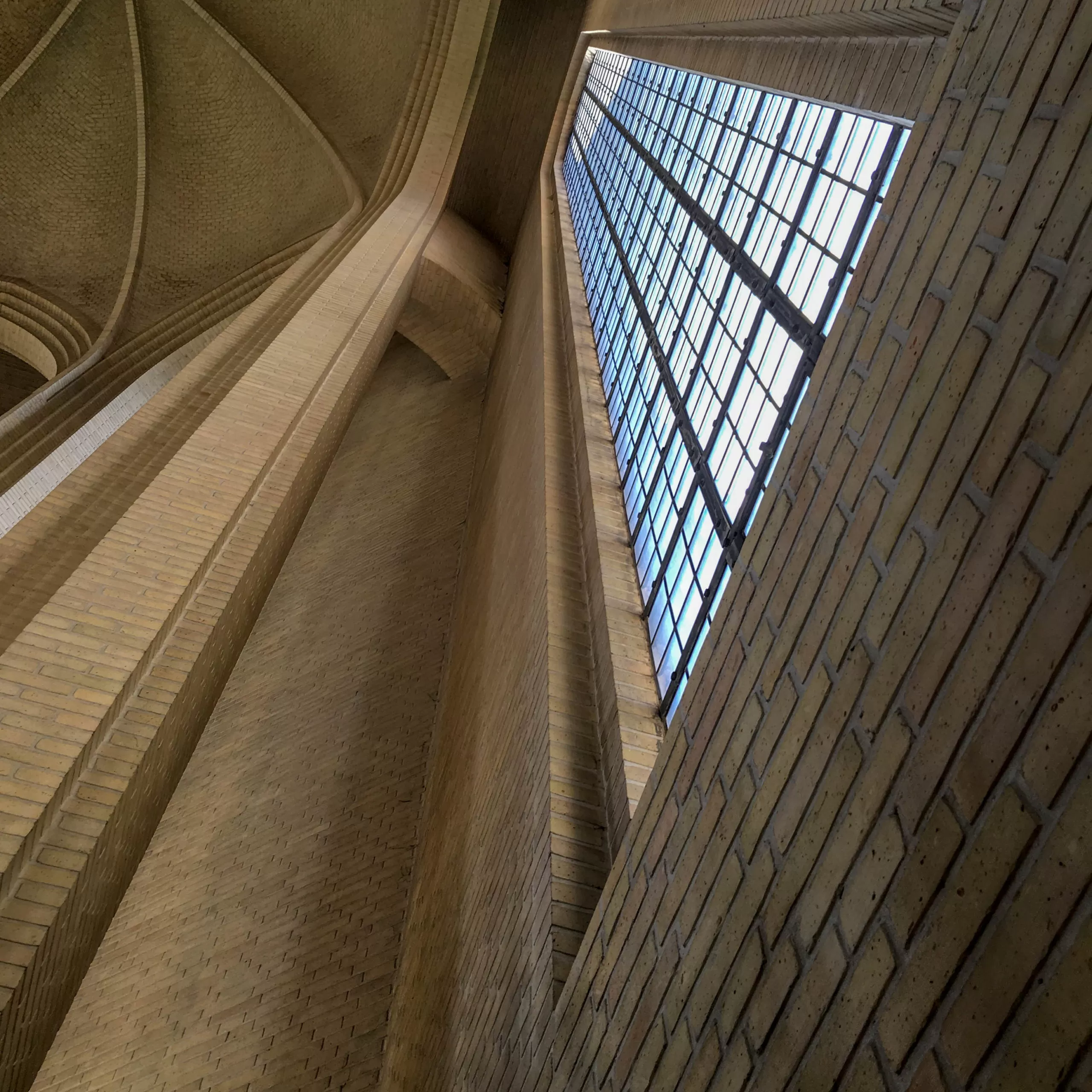
Grundtvig’s Church, 1921-1940. Architect: Peder Jensen-Klint. Photo: Daniela Christmann
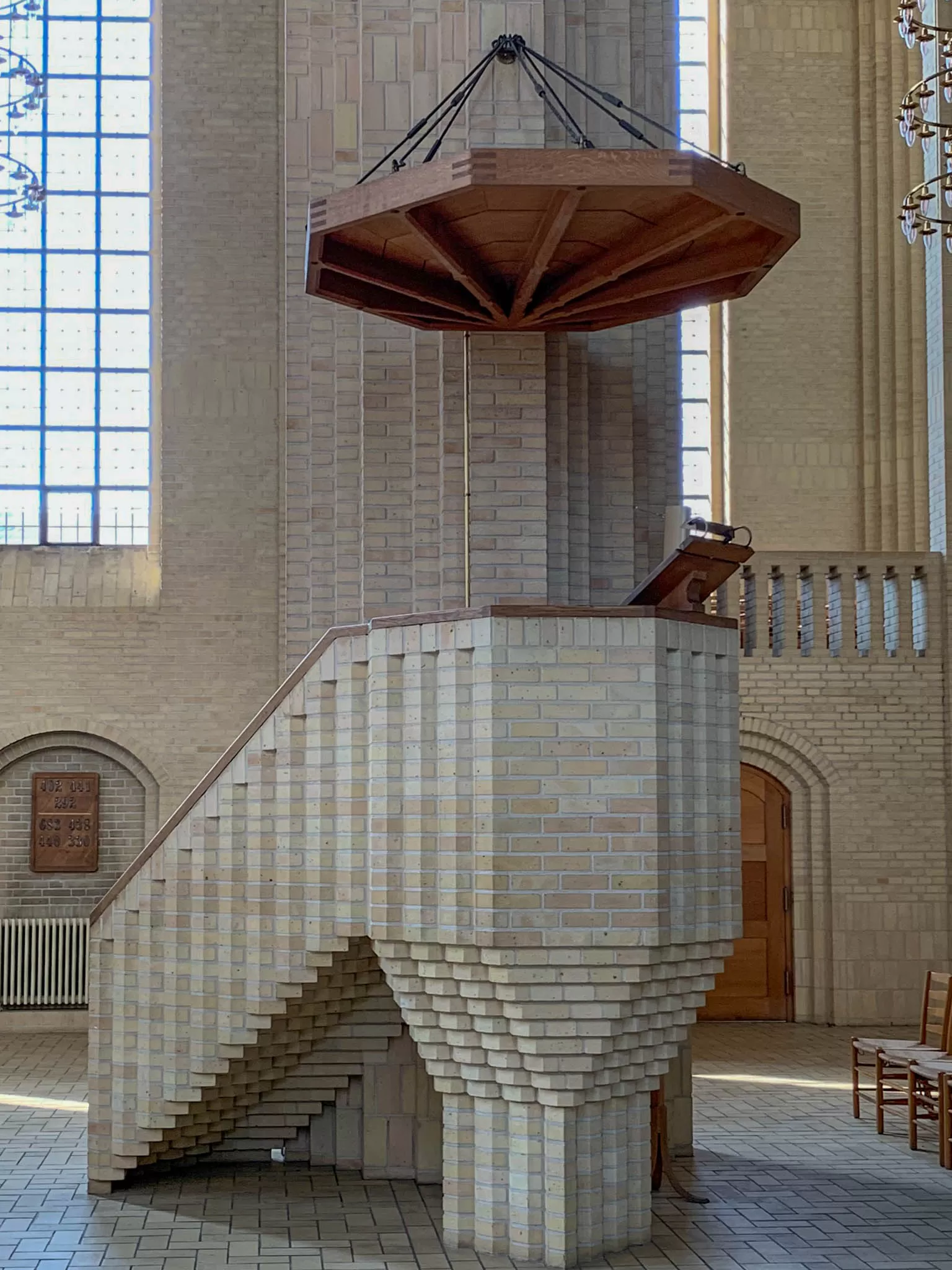
Grundtvig’s Church, 1921-1940. Architect: Peder Jensen-Klint. Photo: Daniela Christmann
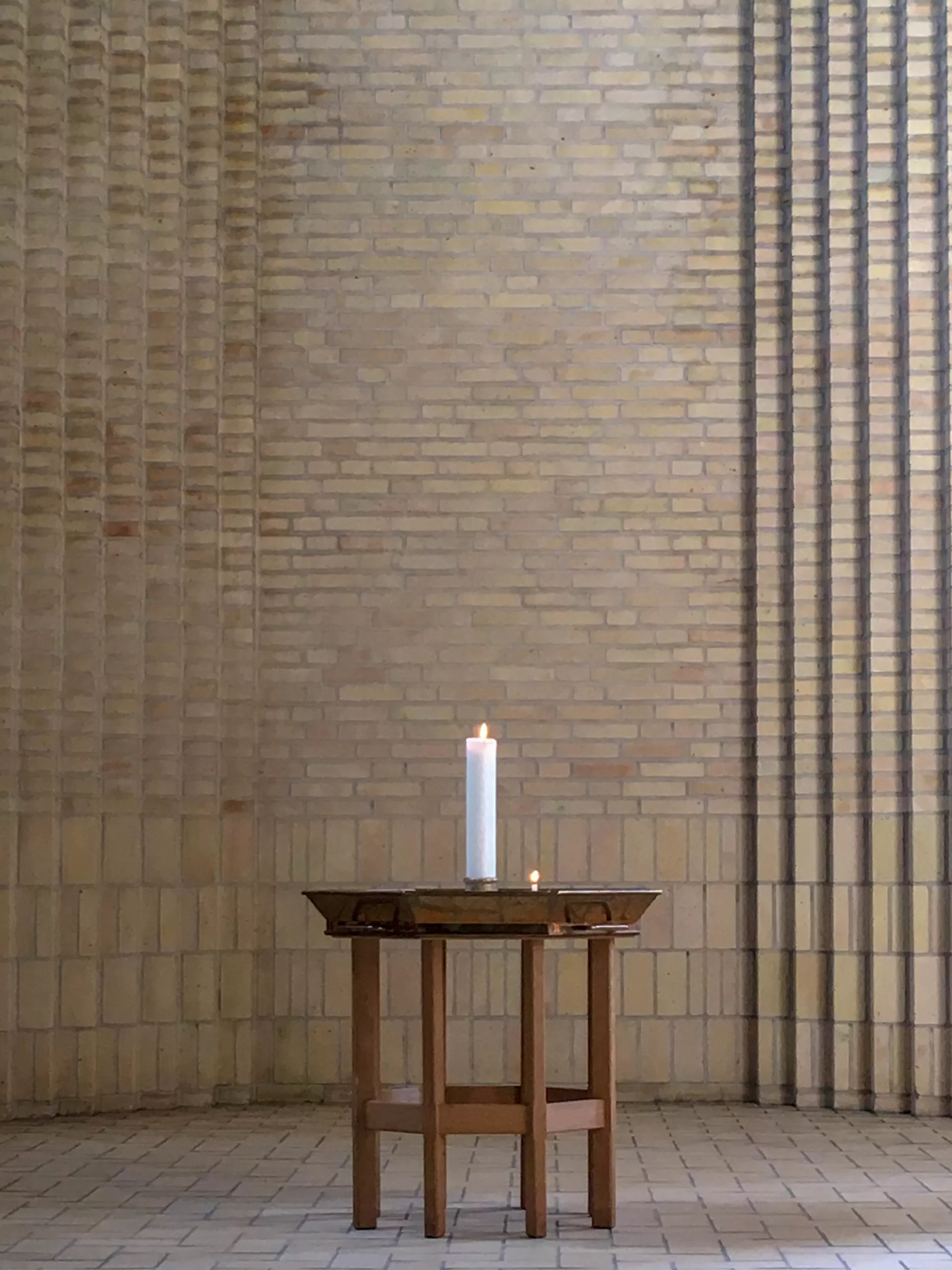
Grundtvig’s Church, 1921-1940. Architect: Peder Jensen-Klint. Photo: Daniela Christmann

